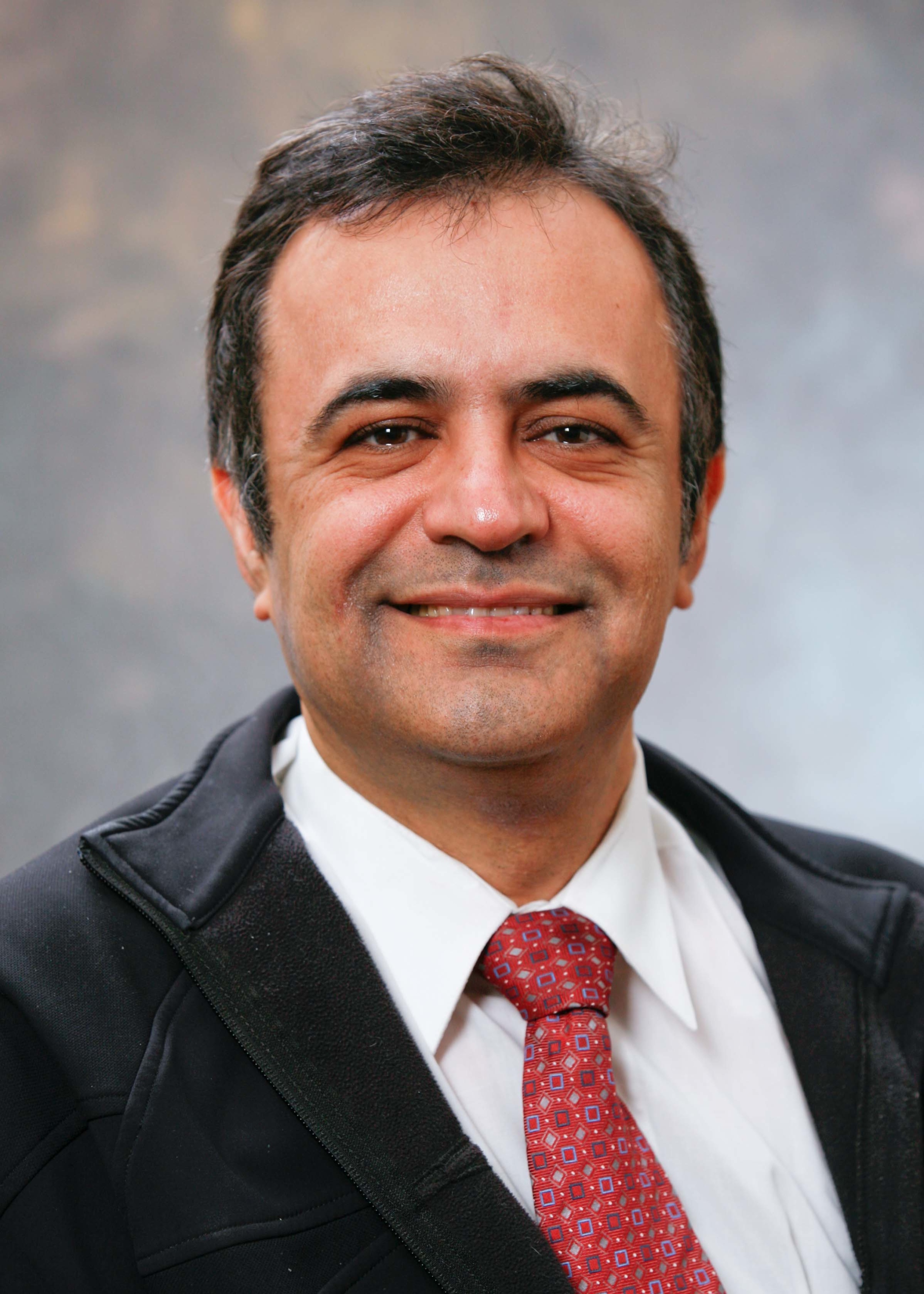
Mutations in the gene Dyrk1b have been associated with a disorder known as metabolic syndrome that sharply increases the risk of cardiovascular disease, metabolic traits and diabetes. While multiple drugs are currently under development to treat fatty liver disease, this is one of the first studies to investigate the role of this gene in the disease pathogenesis of NAFLD and insulin resistance.
Led by Arya Mani, MD, a professor of medicine and genetics, the findings illuminate a new method to combat this chronic disease. The research team — which included first author Neha Bhat and world-renowned investigators Gerald Shulman, MD, PhD, George R. Cowgill Professor of Medicine, and Henry Ginsberg, MD, at Columbia University — examined whether Dyrk1b causes inflammation and liver damage in patients with NAFLD and nonalcoholic steatohepatitis (NASH), another leading cause of liver failure.
“Here we show that the genetic mutation in humans may cause fatty liver disease. The levels of the encoded protein are elevated in most patients with fatty liver disease. When we suppress it in mice on high fat diet, we protect mice against diet induced NAFLD and NASH. It can be a potential therapy for the fatty liver disease,” said Mani, senior author of this study.
The researchers discovered that increased gene expression was a marker for increased risk of hyperlipidemia, fatty liver disease, liver inflammation, and fibrosis. They also found that mTORC2 mediates the effect of Dyrk1b and could be a potential therapeutic target for patients with nonalcoholic fatty liver disease.
At the molecular level, the activation of mTORC2, which regulates cellular proliferation and metabolism, caused insulin resistance while targeting Dyrk1b led to decreased insulin resistance.
“These findings provide new insights into the mechanisms that underlie Dyrk1b-induced hepatic lipogenesis and hepatic insulin resistance and identify Dyrk1b as a therapeutic target for NASH and insulin resistance in the liver,” the authors wrote.
Additional authors include Anand Narayanan, Mohsen Fathzadeh, Mario Kahn, Dongyan Zhang, Leigh Goedeke, Arpita Neogi, Rebecca L. Cardone, Richard Kibbey, Carlos Fernandez-Hernando, and Dhanpat Jain.
Here we show that the genetic mutation in humans may cause fatty liver disease.
Arya Mani, MD
This study was supported by grants from National Institute of Health (RHL13576-7A and R01 DK1167-74).